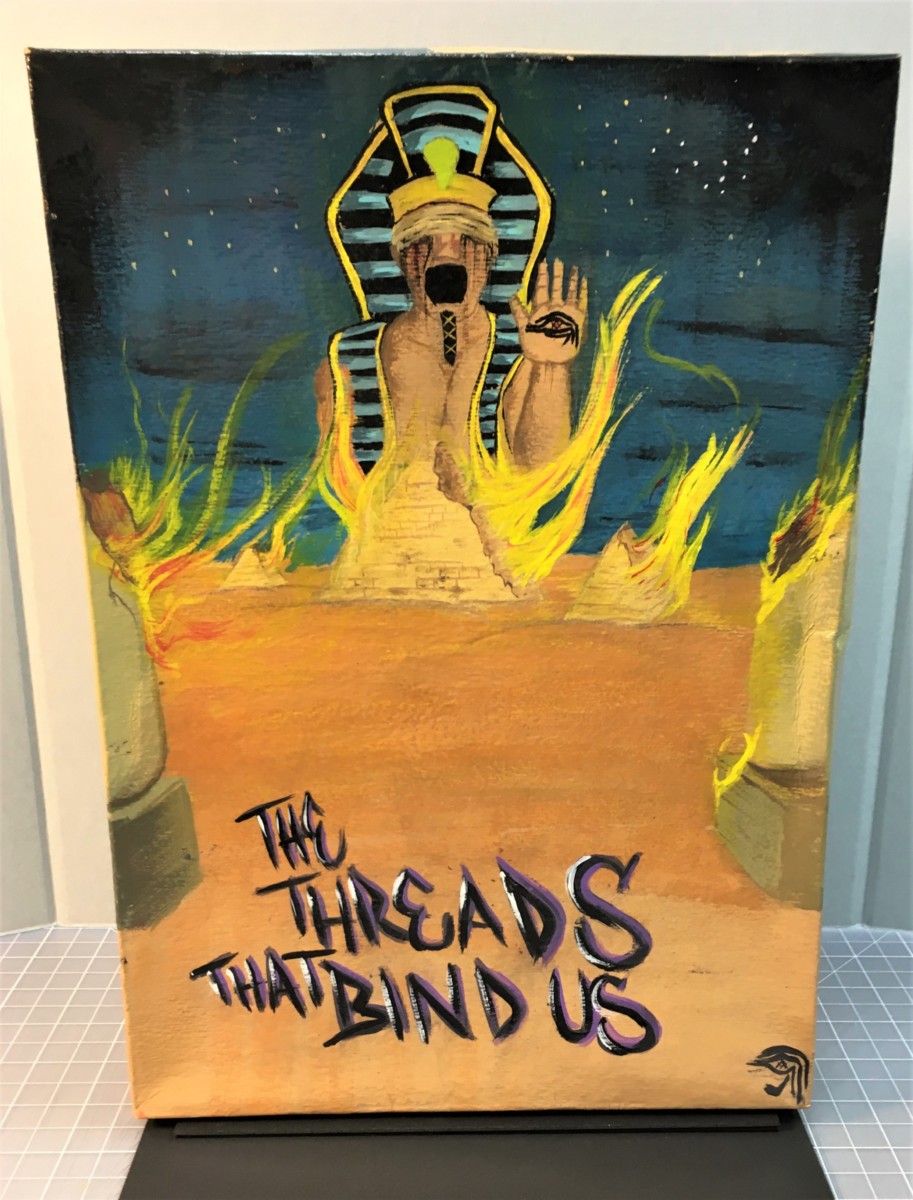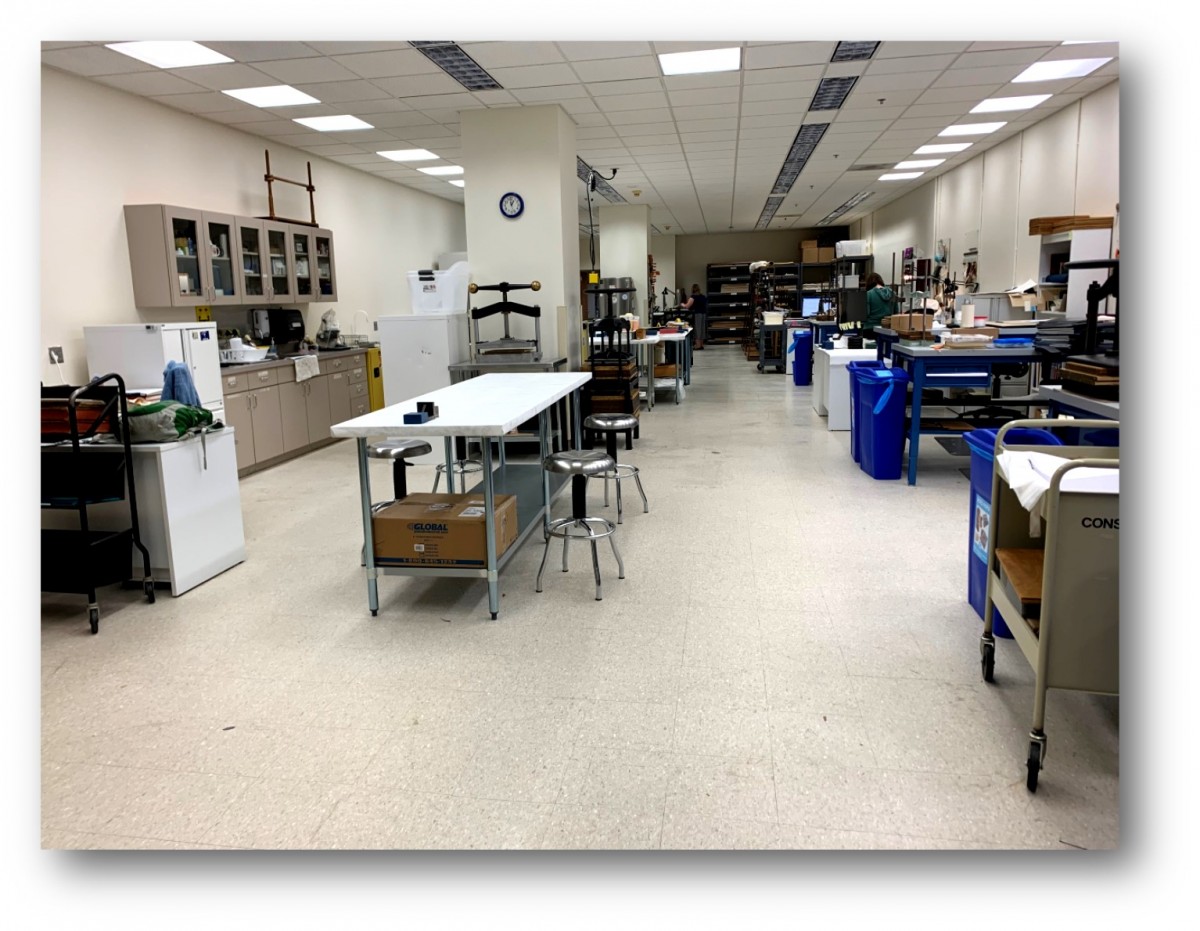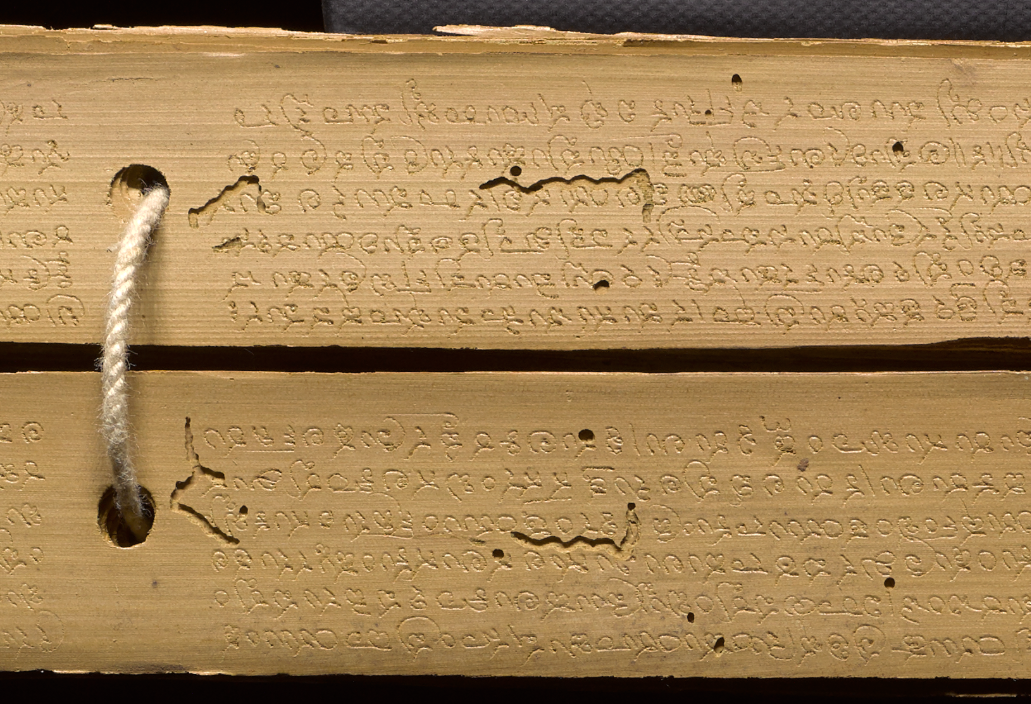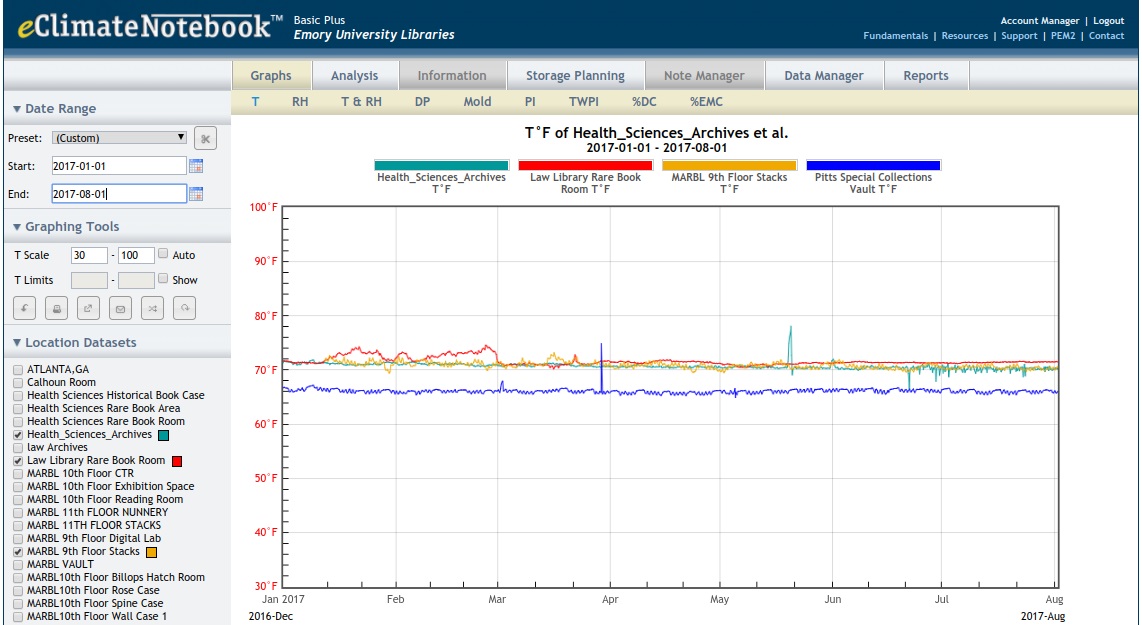
Conservation in the Age of COVID-19
My average work day as an assistant conservator for Emory Libraries is spent primarily at the bench, performing conservation treatment on special collections materials. So, what have these first weeks of working from home looked like for me? I brought home my work laptop and completed several crash courses on using Zoom and working remotely. Read More …









